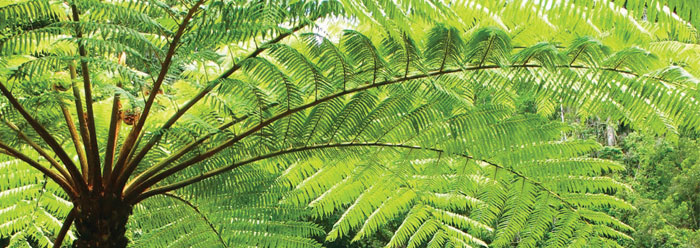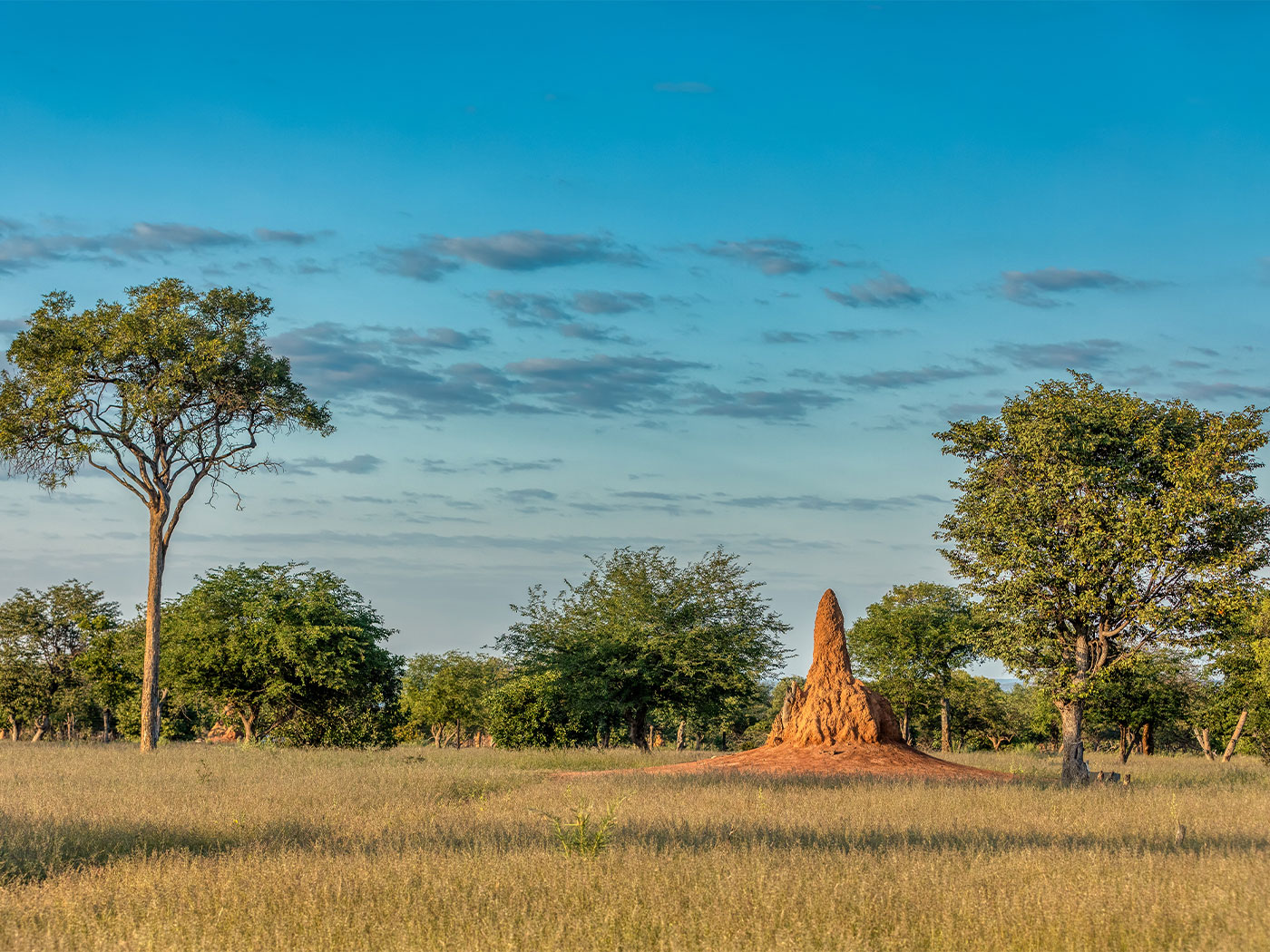In the Western world, most people--even many Christians--are convinced that science has proven evolution and its millions-of-years timescale. In believing this, they generally do not separate the naturalistic interpretations of scientific data from the data itself. They are also forced to mold the plain meaning of the text in Genesis to fit the long-age context that has become a given in modern culture.
One example of this is the misinterpretation of Genesis 1:11: "And God said, Let the earth bring forth grass, the herb yielding seed, and the fruit tree yielding fruit after his kind, whose seed is in itself, upon the earth: and it was so."
An unbiased reader could only conclude from the text alone that each kind of plant was instantly formed at the Lord's audible decree. The inanimate and shapeless earth material from day two was organized into reproducing, photosynthesizing, fully mature, autonomous units called plants.
To accommodate thousands or millions of years, this text would have to mean, "And God said, Let the earth eventually bring forth grass, then after eons of trial and decay, the fruit tree yielding fruit after his kind, whose seed, which will change into another's seed, is in itself, upon the earth: and it was so."
Those who believe in long ages might ask, "If plants truly developed in a short period of time, then why is no evidence of seed-bearing plants found in the lowest rock layers? Since the layers represent vast ages, long spans of grassless, treeless time must have occurred." Can Genesis 1:11 therefore really mean what it says?1
Decades of peer-reviewed research has revealed that the rock layers do not represent vast ages.2, 3 If they did, they should not contain masses of fossils (which required rapid burial, dehydration, and isolation from decay), and should have obvious evidence of past chemical, biological, and mechanical activity at the contacts between layers. Rather, the contacts are sharp and flat.4 Where is the evidence of deep time, if it is neither within the layers nor between them?
But even if sedimentary rocks were deposited rapidly, some might ask why the lower rock layers do not contain angiosperm (flowering plant) fossils. In some cases they actually do. For example, pollen grains were found embedded in the Hakatai Shale, one of the lowest layers in the Grand Canyon and conventionally dated at over 600 million years old.5 Textbooks assert, however, that angiosperms did not evolve until about 90 million years ago.
Also, evolutionary scientists do not expect angiosperm evidence in the "oldest" rock layers, so they do not look for it. If found, it would be either ignored or systematically explained away--likely as a "contaminant," as was the response to the Hakatai Shale pollen. Yet on rare occasions, paradigm-shifting evidence even surfaces within the evolutionary community, though only to be reinterpreted by the reigning worldview. For example, the 2005 discovery of fossilized grass in Cretaceous dinosaur stomachs instantly added 20 million years to the standard time given for grass emergence.6
Long ages of time are not required to explain the data. It is probable that the pre-Flood earth had vast stretches of shallow seas (with few angiosperms) that were inundated and buried by the first stages of the Flood. These produced some of today's lower rock layers. If so, then lower layers without angiosperm fossils merely represent flora of a bygone biome.
There is no good scientific reason to alter God's Word. In fact, there is no good reason at all.
References
- This question is similar to Satan's in Genesis 3:1: "And he said unto the woman, Yea, hath God said, Ye shall not eat of every tree of the garden?"
- Reed, J. K. 2008. Toppling the Timescale Part III: Madness in the Methods. Creation Research Society Quarterly. 45 (1): 6-17.
- See the series of technical RATE results at www.icr.org/Rate.
- Morris, J. D. 2008. Surface Features Require Rapid Deposition. Acts & Facts. 37 (12): 13.
- Howe, G. F. et al. 1988. Creation Research Society Studies on Precambrian Pollen, Part III: A Pollen Analysis of Hakatai Shale and Other Grand Canyon Rocks. Creation Research Society Quarterly. 24 (4): 173.
- Prasad, V. et al. 2005. Dinosaur Coprolites and the Early Evolution of Grasses and Grazers. Science. 310 (5751): 1177-1180.
* Mr. Thomas is Science Writer.
Cite this article: Thomas, B. 2009. Did Plant Growth Require Vast Ages? Acts & Facts. 38 (3): 14.
















